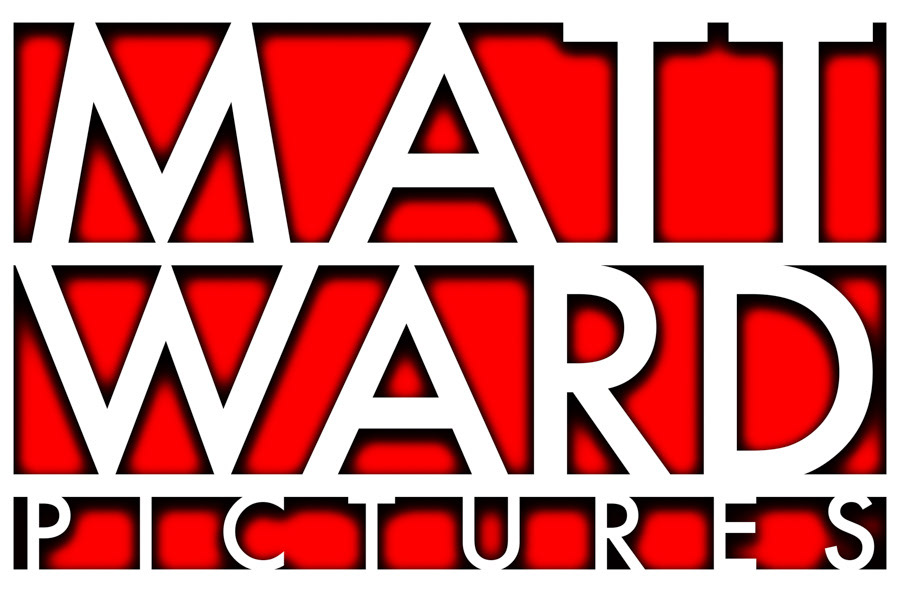“If someone wants to hold me back,
I'd like to see them try,
I'm on the birthday plan attack,
I'm giving you the sun, the moon, and the sky!”
—Elsa, from Frozen Fever, ‘Making Today a Perfect Day’
by Robert Lopez & Kristen Anderson-Lopez
Completed Work - approximately 300 hours.
No, that's neither the Sun nor the Moon. That is Jupiter, and the Galilean Moons, Io, Europa, Ganymede, and Callisto (on the outermost orbit, and closest to our vantage point.)
"DO THE MAGIC!"
Artist Statement & Production Notes
by Matt Ward
‘Hot (Cold/Hot) Fun in the Summertime…’
Brief Recap
I’ve brought my two buxom and beloved muses for my Frozen-based artwork (midcentury pinup girls Rosina Revelle and Michelle Angelo) back to star as Elsa and Anna in this piece, influenced by the Frozen Fever short film, and my own lifelong interest in astronomy.
In the animated short, Elsa bestows her younger sister Anna with increasingly extravagant gifts on her 19th birthday, which falls on the Summer Solstice, purportedly 21st June 1840. (My painting takes place in 1842, for reasons I’ll explain later.) One year after the end of the first full-length feature, Elsa has learned to do things with her ice powers that make me question what sort of discipline existed in the writer’s room over what she could and couldn’t do, with feats stretching the (as I once thought it to be) in-story plausibility of what can be done with ice, water vapor, or H20 in any whole or reconstituted form… And then there were Snowgies.
Then again, if my infatuation could survive the first film’s post-natal sense of object permanence (for as far as we know, her coronation dress should still be on, or its information stored in some sort of quantum state between her skin and her current ice wardrobe) then my stuffy, sniffling, sneezing Scandinavian snow goddess is nigh-unimpeachable.
And as long as her creators are having fun blurring the lines between what she showed in the first film, and full-on telekinesis (seasons be damned), if Elsa says she’s going to give her younger sister the Sun, the Moon, and the sky, then it shouldn’t be that much more difficult for her to materialize for Anna her own ice-based mobile of one of the most important astronomical subjects during the Renaissance, and still one of the most visually arresting and scientifically interesting planetary/lunar systems of our close cosmic neighborhood: the gas giant Jupiter, and its four largest moons, Io, Europa, Ganymede and Callisto, whose movements were first illuminated by Galileo Galilei and Simon Marius.
(And, why Jupiter? Aside from being my favorite planet...)
The findings of Marius and Galilei permanently rearranged the mental furniture of academics and religious critics alike who thought they had a handle on the structure of the solar system (like any great astronomical discovery, making us feel just that much less important in the scheme of things) and did much to move the prevailing culture towards acceptance of the heliocentric model.
(I apologize for the crudity of my depiction of the Jovian system in the painting, but reasonable liberties had to be taken with regards to scale in order to make the moons both visible, and roughly recognizable. End Doc Brown mode.)
A Trip Through The Layers
Note: This animated GIF is a guided tour through the layers stack, not an actual recording of my progress.
And I promise she’ll have clothes on in the next painting! …Right.
Softcore Exposition & Premise Breakdown
Being the avid follower of Bell & Vallejo, Cho, and Rubens that I am (or, just being a guy) I started from a prurient area, and my original thought-sketch began with this vague, but iron-clad notion: I wanted to see Elsa in a bath, or in the context of a bathing ritual. Okay. The question then after whetting my initial basic desire to take her clothes off (again), and having her all slippery, succulent, as creamily decadent as a midnight mocha breve, and barely girded by withering filaments of soap suds, is how do I make a more concerted painting effort worthwhile?
Detail of snow/ice trail (Callisto orbit) around Elsa's head.
What if she used the water vapor-laden atmosphere in the humid bathroom to create an elaborate display? Something that spoke of STEM-based extracurricular interests on the sisters’ part; for instance, we know from the illustrated storybooks that Elsa is into geometry (an easy leap for the writers to make, considering the hexagonal crystals that occur naturally as water molecules align themselves in the freezing process, and Elsa’s exultant pleasure in playing these physical laws like her own grand instrument, orchestrating ever more elegant forms and complications to build her ice palace.) So why not hike further up the mathematical mountain? Plus the thought of Elsa as an amateur scientist/astronomer just makes me love the idea of her that much more! Smart is sexy.
But if either of the two sisters has spent a lifetime looking out from behind the castle walls, stoking a burgeoning desire to explore worlds beyond the limits of her sight, yearning to touch and understand what she cannot reach, it is Anna. I picture her at the castle library getting lost not only in works of fiction, but also published records from the European Age of Discovery, and eventually delving into Elsa’s stash of academic materials (not to mention borrowing her telescope) and developing a passion for the Cosmos herself. What better way to feed that interest than to serve Anna a private birthday spectacle by bringing her a piece of our cosmic backyard?
Unlike Elsa’s public performances, this display would be modest of scale but nevertheless spellbinding, to the effect of recreating an intimacy reminiscent of the early days when the two would steal away to enjoy her powers in secret, and which would expand the younger sister’s mind, encouraging her to continue to think forward, to believe in the future…
…And to keep looking up!
Getting Anna’s Birthday Night Sky Right (sort of)
Considering that Neil deGrasse Tyson’s storied tiff with James Cameron about the (formerly) poorly-rendered night sky over Rose at the end of Titanic is firmly lodged in the consciousness of popular culture (or at least with science enthusiasts and NdGT fans like myself) I thought I’d use the Stellarium app to find out what sort of starfield I’d get if I punched in the coordinates of the real town of Arendal, Norway, looking South/Southwest.
Stellarium Results
The date is 1842, because I wanted a sky in which Jupiter was clearly visible from near-horizon on the particular date of Anna's birth.
Lat: N 58.4622
Long: E 8.7749
Azimuth: S/SW, E/NE (preferred: S towards Skagerrak via Galten)
Tuesday 1842 Jun 21 12:22 UTC (Setting Moon, Jupiter, Saturn visible S, Neptune visible SW)
With the effects layers fully activated, the finished work makes the view of the night sky as obscured as a thrash-metal drummer behind his wall of kick drums. Bad luck, but it’s there if you really look.
The Process
Faces That Act
As with the previous piece, ‘The Greatest Gift of All’ (2016), I began with a rough line drawing of bodies and basic poses, and reference photos of Rosina’s (Elsa’s) and Michelle’s (Anna’s) faces, which I traced. Hey, if Norman Rockwell could do it, I don’t consider it 'cheating.'
One of the major reasons I believe in the portrayals of these characters in my work, is that their faces aren’t modern, not stock Hollywood pretty—they’re unique and beautiful. The imagination benefits from using reality and the natural world to help inspire it (as Pixar’s and Disney’s own animators have done forever), and nature provided me with a peal of ecstasy in Michelle Angelo’s eyes which is so powerful that one needn’t see more than half of her face in order to feel its warmth, throbbing radiantly in the middle of this busy tableau. My mind doesn’t need to lift a mental milligram to imagine that Anna is right there, her freckled cheeks flushed to capacity, and as frustratingly cute a bucketful of strawberry-blonde sunshine as she ever was.
Getting Gerda’s look right was far more challenging. I knew from considering her animated character’s highly caricatured dolichocephaly and humble, almost hangdog countenance (certainly not the kind of face you would cast for resistance leader against the monarchy; she’s sitting comfortably and harmlessly at her caste level and you can see it in her genes) that I wanted a face that was similarly drawn, preferably from a similar stage casting. Janet Henfrey’s Mrs. Bale, housekeeper to Rocky and Madge Hardcastle’s country mansion in the long-running BBC rom-com series As Time Goes By, sprung to my mind.
Mrs. Bale was likely a bit older than Gerda, so I filled her cheeks back in with what I thought to be twenty or so years of lost subcutaneous fat, but still kept the overall keenness of her features. I believed that if I got that face right, that it would register as Gerda without much explanation.
Three-quarters of the way through painting her grayscale base, I had a visceral urge to put down my Wacom stylus and delete the Gerda layer entirely. It was laughably creepy (and probably still is, now to a lesser extent.) I did not see Gerda in that mirror reflection, nor Mrs. Bale; the rendering went from vaguely Frank Lloyd Wright to vaguely Walt Disney. Plus, the lighting of where she’s standing in the room’s (and therefore the main light source’s) outskirts—diffuse indigo, cast slightly from underneath—did not make the best of Mrs. Henfrey’s plantagenet handsomeness (deep cut for As Time Goes By fans), nor did my intermediate-level painting skills help that out. My anxiety was only reduced by continuing to refine her details, and slowly but surely, my own version of ‘Gerda’ began to materialize.
More Details
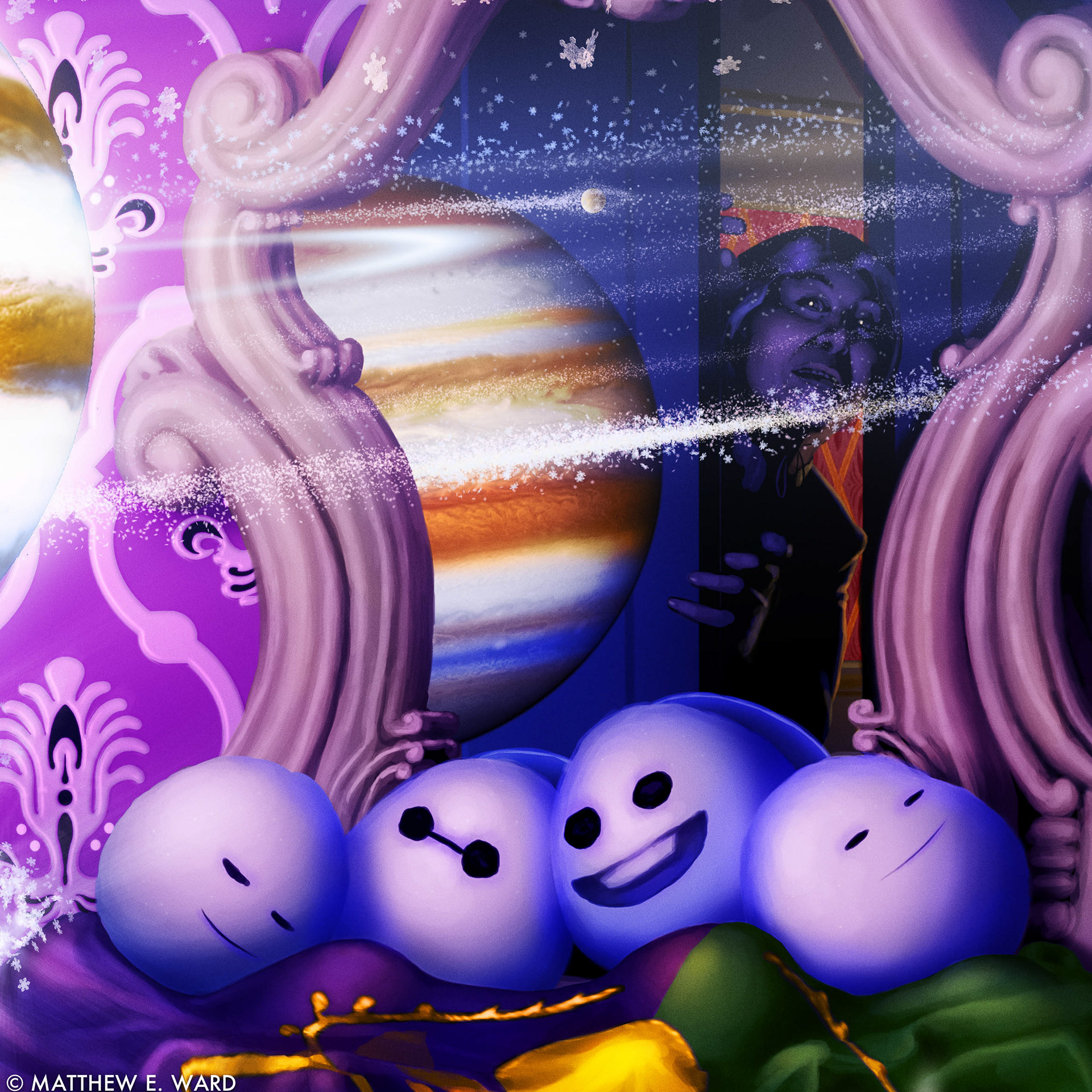
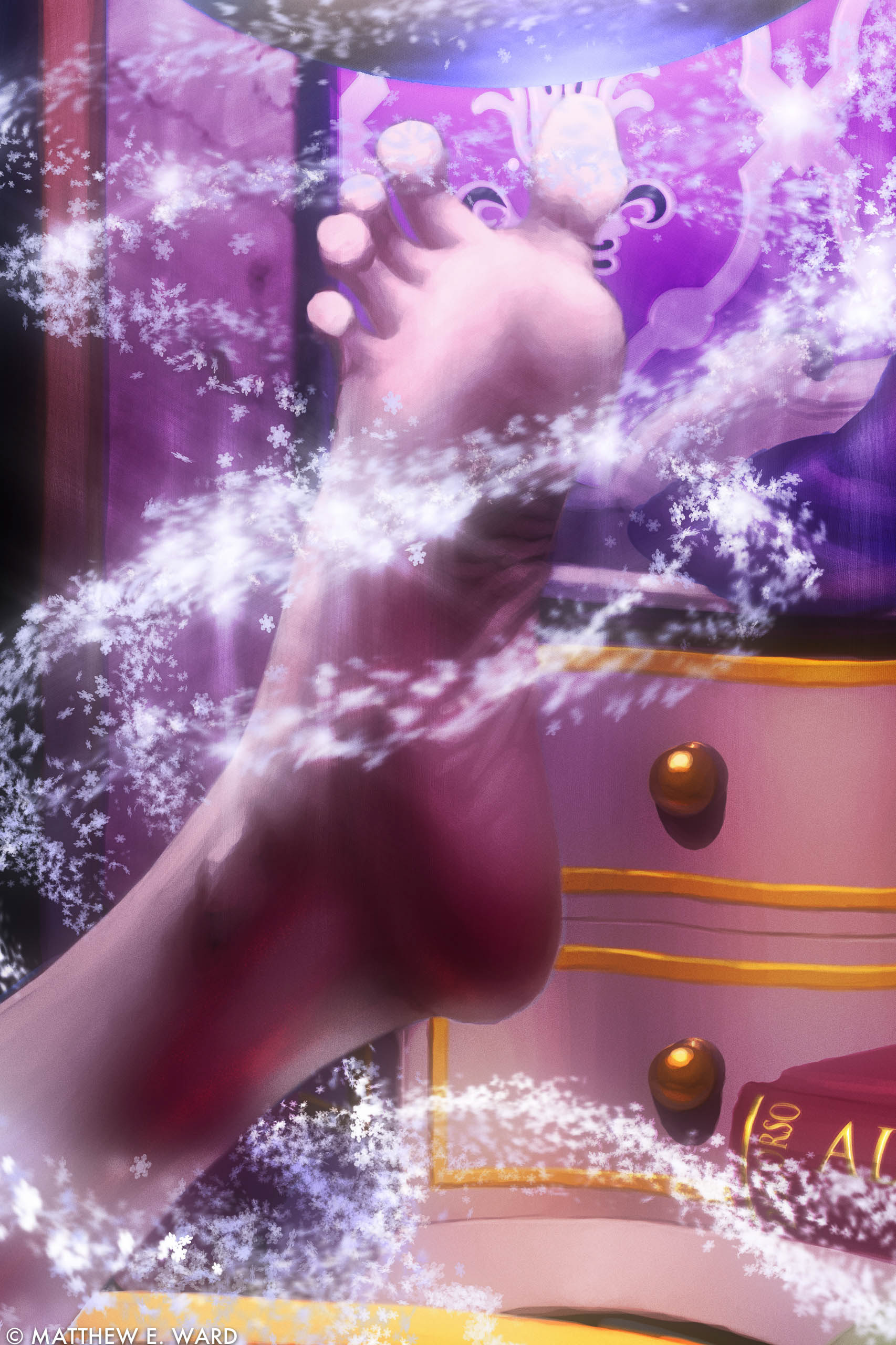
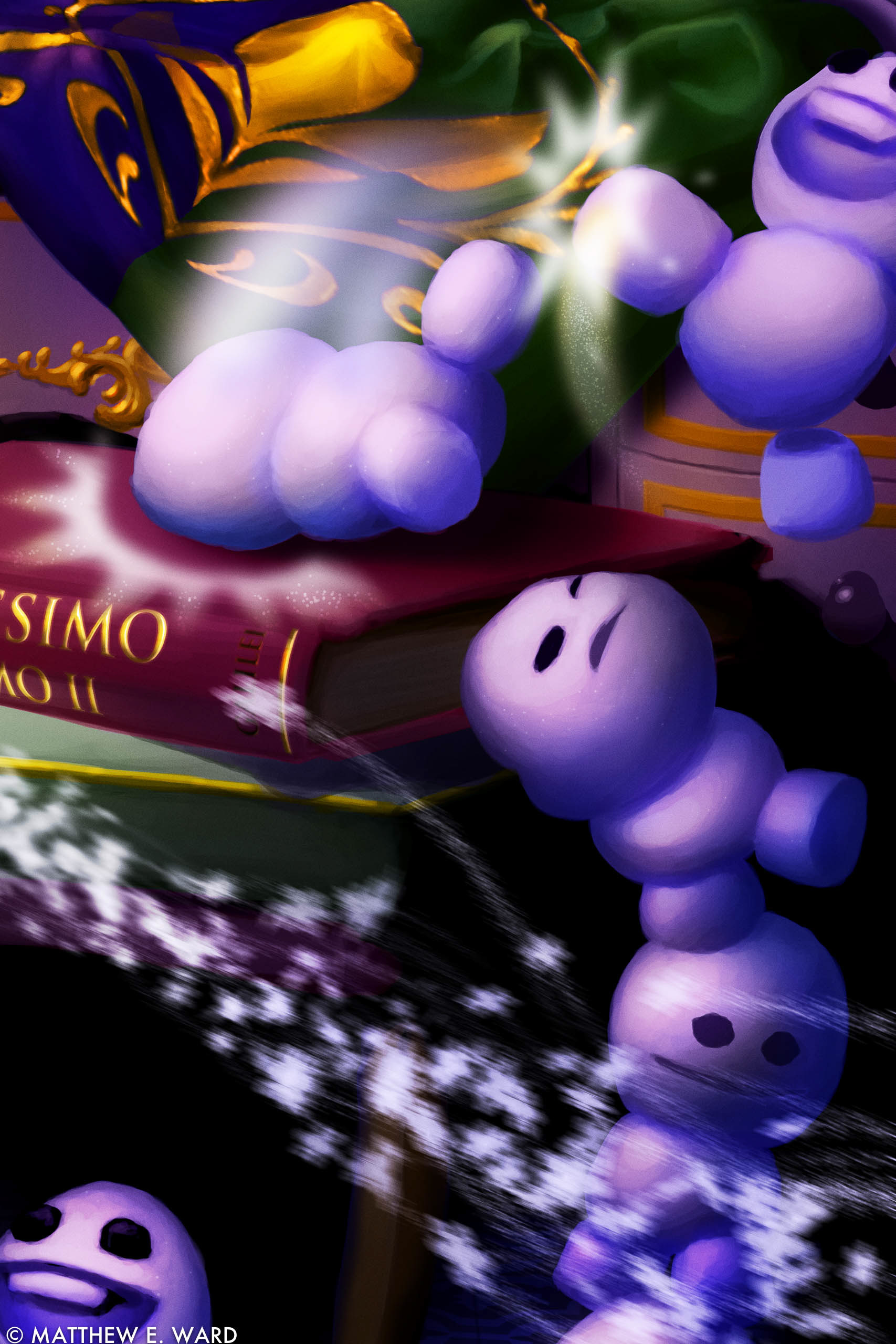
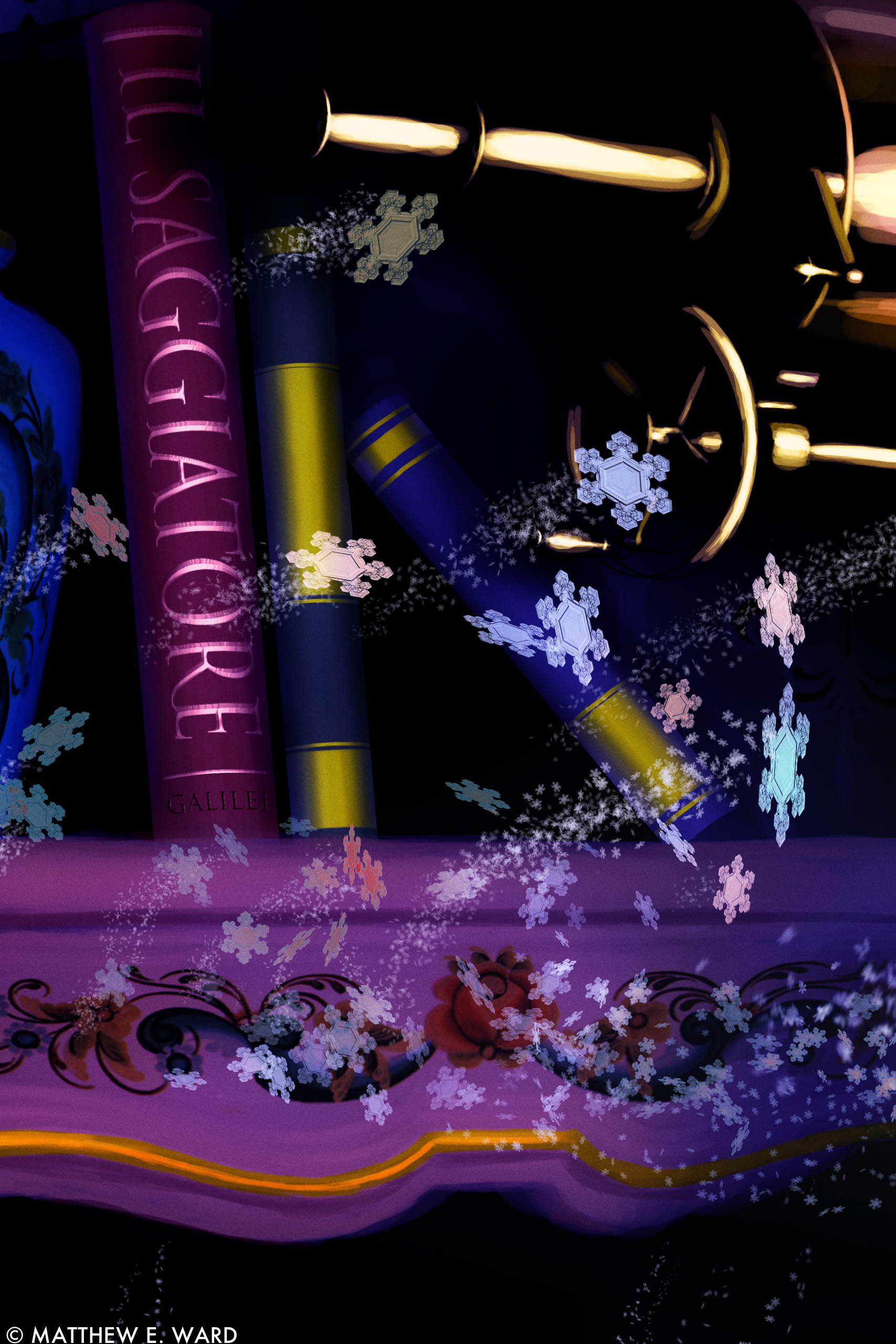
Building Guides and Framework
Not having heard of Photoshop’s Vanishing Point filter, I nevertheless drew my own perspective guides based on Google-searched images of a Victorian-style hammered copper bathtub, and another of a period bathroom with a small fireplace and wicker chair, in approximately the same shot angle. I also did searches of period-style vanities, and based the one present here on two different designs.
I don’t remember exactly why I was fixed on Elsa owning a reflecting telescope rather than a refractor… Perhaps it was due to the cramped conditions of the room, and the shorter barrel of the Cassegrain. Perhaps I wanted to make it look like she was an advanced-enough study to be able to make the use of a more powerful and complex telescope worthwhile to her pursuit. Whatever the reasoning, as I was compiling an image library of brass telescopes on wooden tripods, I became enamored with the look of one particular design, which just happened to be a Cassegrain. In retrospect, a refractor may or may not have been more appropriate (depending on her skill level and the magnification powers of the reflector), but it certainly would have been more ‘Disney’; the refractor lends itself more to caricaturization.
I built the telescope’s line-art with the line and shape tools, along with the rest of the furniture and minding the perspective guides as well as I could. Looking at how much asset-building time I was investing into what was to become in the end, a two-dimensional image, I began to question myself as to why I hadn’t gone and learned Maya or Blender yet… Maybe for next time.
I proceeded to make a Grayscale painting on top of the line-art, allowing me to concentrate on playing wth light and forms, while leaving all color work on an entirely different layer group.
Houzz: Arendelle Edition
Wait a minute, why are we in Anna’s bathroom?
While most flooring in Arendelle Castle appears to be polished wood, for the sake of visual interest, I chose a cigar-shop tile design for the bathroom set. I vacillated over whether or not to use hexagonal tiles, but I didn’t want the bathroom to feel like a subway station. The snowflake-like pattern that results from where the corners of the square tiles meet, is a coincidental red herring. (You’re not going to get a six-sided crystal from square tiles!)
The wallpaper deserves special mention: the pattern is obviously taken from Anna’s bedroom. I had initially cut a single panel from a JPEG framegrab, and multiplied it so it filled a wall. But having originated from a low-resolution JPEG, the graphic did not stand up to close scrutiny. And after much pacing and fretting I capitulated and did what I was too lazy to do in the first place: make the damn pattern myself from scratch, and convert it into a Smart Object. I’m proud of the results:
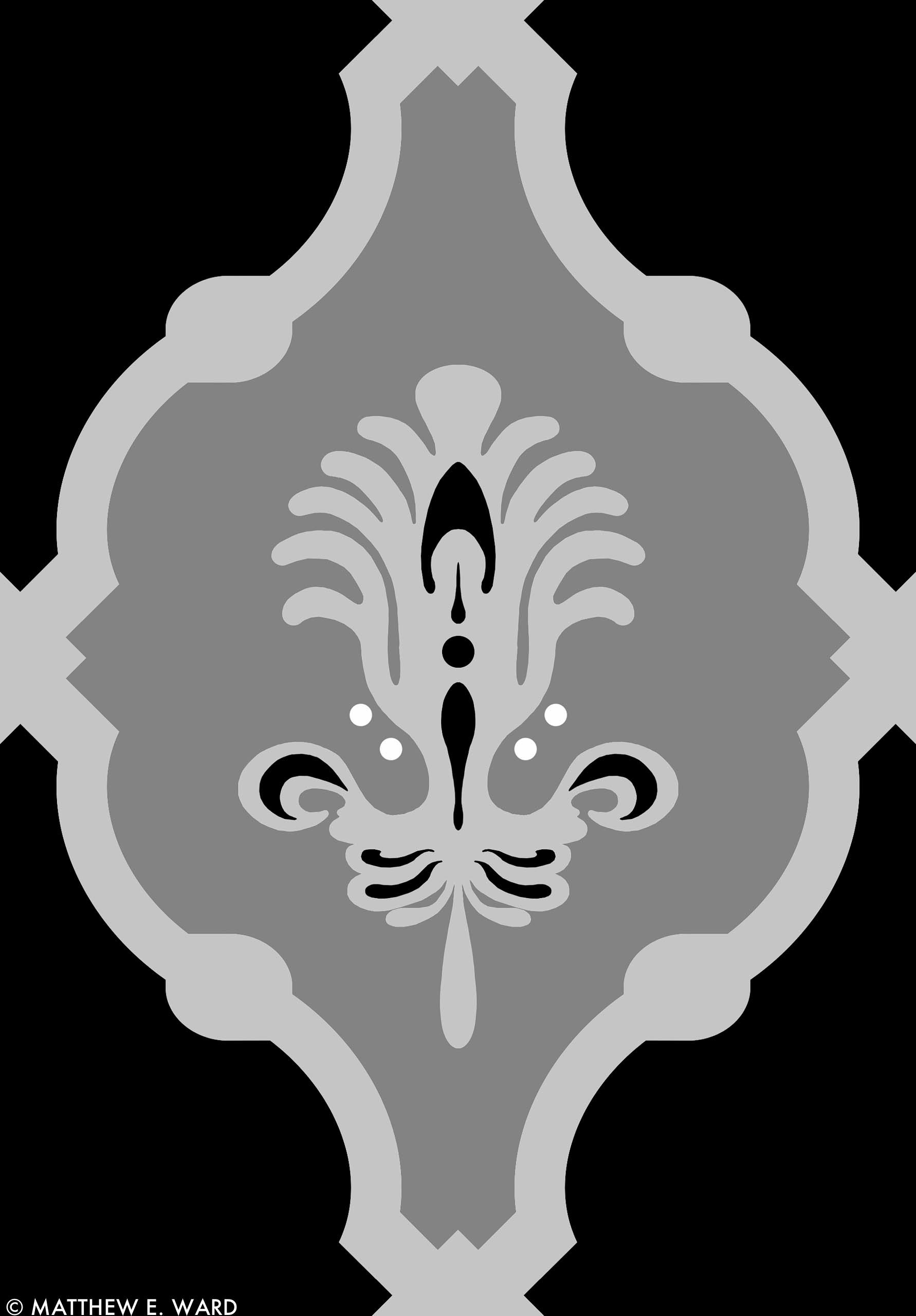
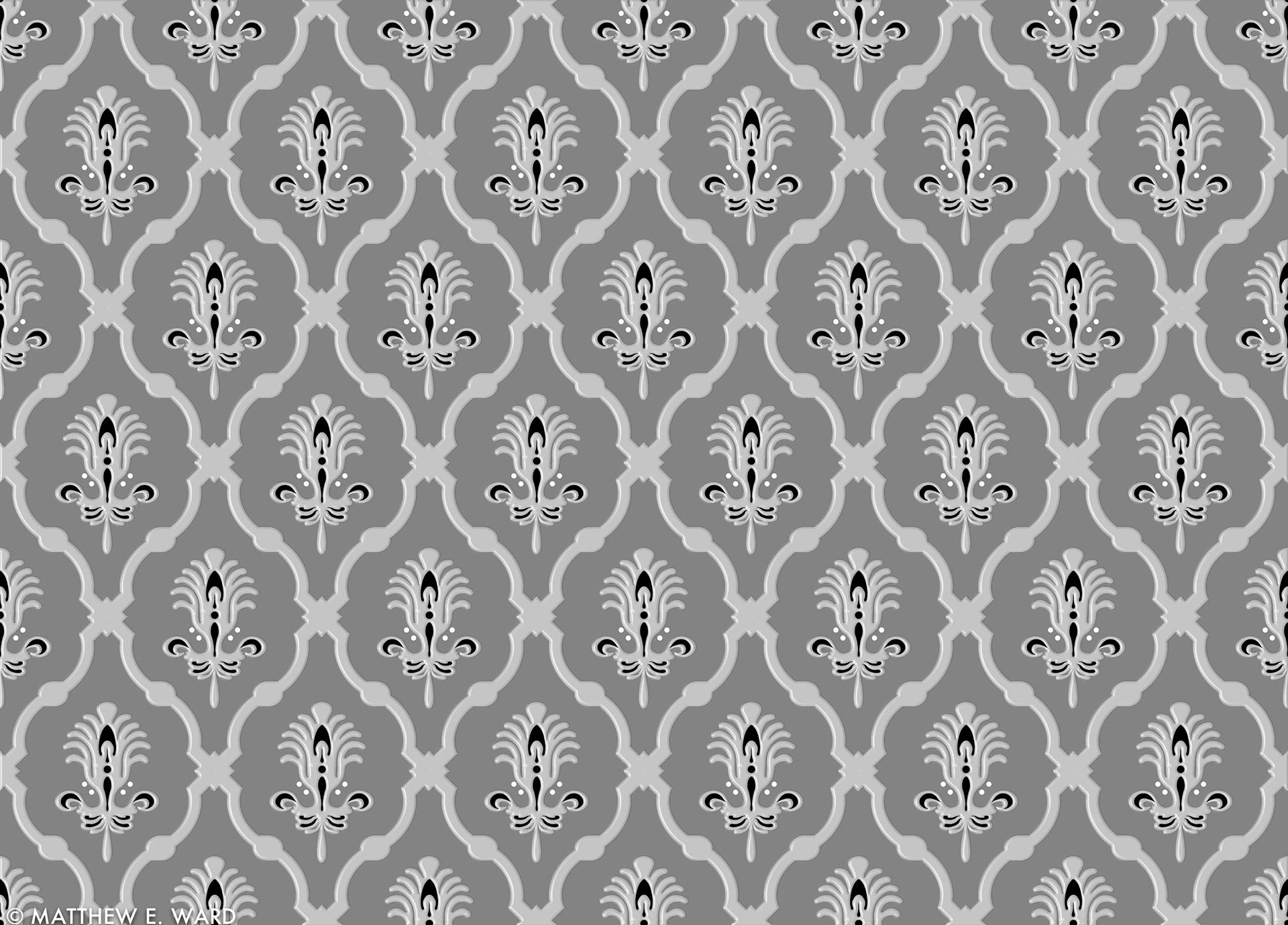
But why use Anna’s wallpaper at all? (Isn’t this supposed to be part of Elsa’s room?)
In the earliest part of the first feature, before her fateful accident and induced separation from Elsa, the two sisters shared that same room—and I can only assume, the same WC/bathing area.
Multiple and profligate bathrooms are a modern thing, and even though it’s a castle, I have my doubts about Elsa having a private bathing suite growing up… Not immediately, anyway. (Such a thing could be constructed later.)
I was well-into the coloring stage before it dawned on me that none of the room furnishings catered to Elsa’s taste up to this point. And I was doubting whether or not changing the room to fit was even an aesthetically smart idea; Elsa’s bedroom furniture is made of rich, dark woods, fashioned with a much more austere temperament than the white and baroque things I set around her. The picture’s overall dim lighting favors other light objects in the room, where otherwise there would be barely anything of spatial reference or aesthetic value—not to bash my favorite character’s sense of style, but playing with light (when there is little of it) is a greater challenge when objects don’t reflect much back.
So with the room outfitted the way it is (with the exception of the floor tile) if it doesn’t quite speak Elsa, it’s bang-on for Anna. I had originally built the premise in my mind with Elsa, having conceived the idea herself, making the invitation to Anna to come see this mysterious spectacle in her room. But after supposing that Anna, being her naturally adventurous and enterprising self, would’ve cultivated a cosmic curiosity on her own, it then made so much more sense that on the occasion of her birthday, Elsa would fix her efforts on satisfying a vision that belonged to her sister, and which had also been the subject of many sleepless nights for the young astronomer Queen.
Needless to say, there could have been more practical and less provocative (and less borderline incestuous) ways of showing her achieving this goal. But might I remind you unless you’ve forgotten, I wanted to see my favorite Disney girl in a bathtub.
Jupiter, Snow & Ice FX Layers
& Credit Where Credit is Due
During the creation of my previous painting, The Greatest Gift Of All (2016), I had built up via Google image searches, image libraries of references, particularly of snowflake photography. I pilfered through the same folders in order to help create the bathtub encrustations, and to create custom brushes that would allow me to produce Elsa’s magic tendrils of snow and ice crystals, and the orbit trails of the Galilean Satellites around Jupiter.
I cannot account for all of the snowflake photography that I used, but those layers would’ve been much more difficult to produce without it.
Most of the crystals on the sides of the bathtub were produced from a snowflake photograph by Alexey Kljatov. The rosemaling on the vase and fireplace was from a design by Sweet Gal Decals.
The images of Jupiter and its moons were made from plates by NASA, including from the Juno mission.
And as for the vintage photography of the lovely ladies (Rosina Revelle-first, Michelle Angelo-second, below) whose faces and bodies inform this piece, while I can't verify the source of that particular shot of Mrs. Angelo, Rosina's pinup, and many others by both models, can be found in Taschen's The Big Book of Breasts, edited by Dian Hanson.
Photographic References
I hold no ownership over the following images:
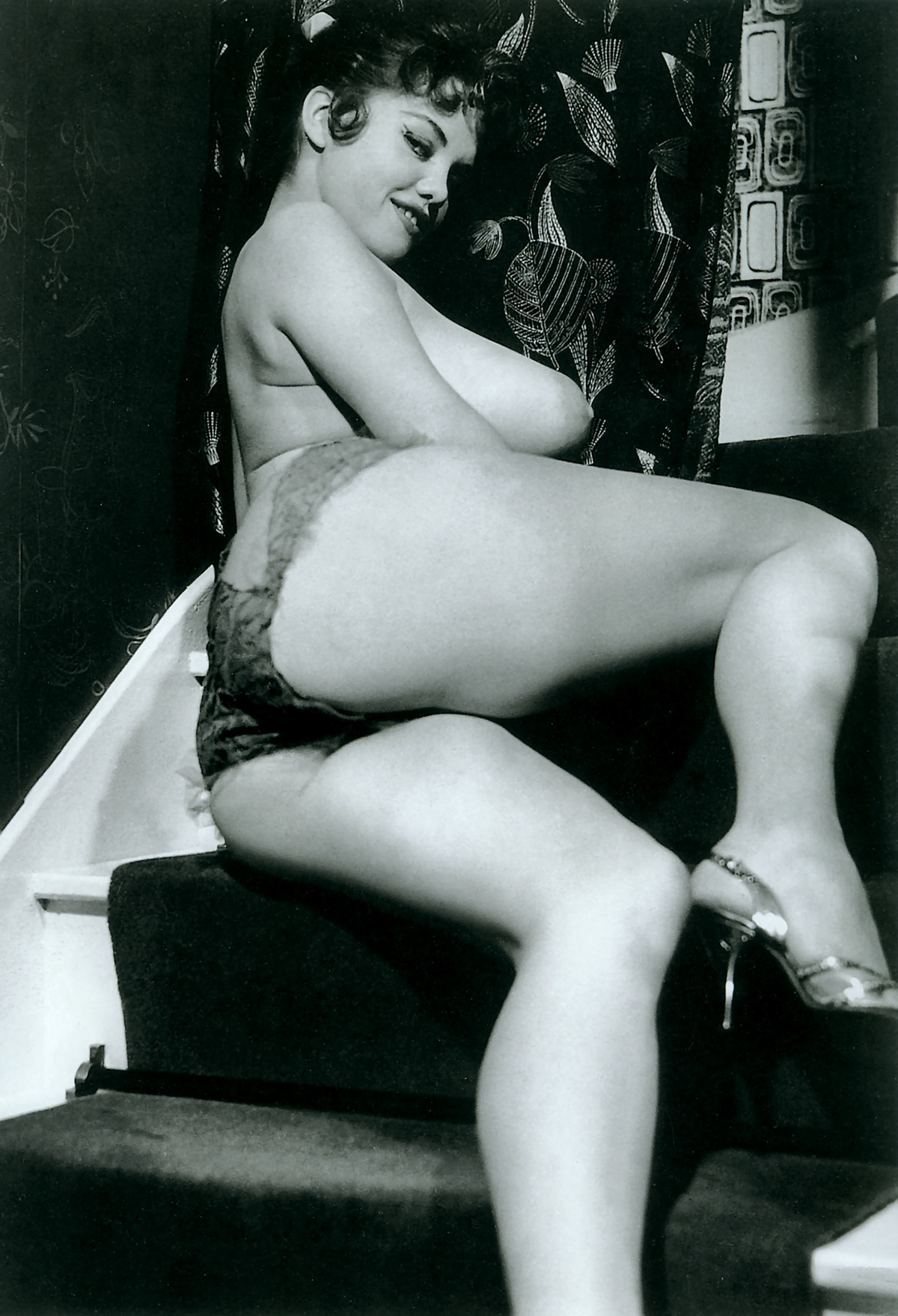
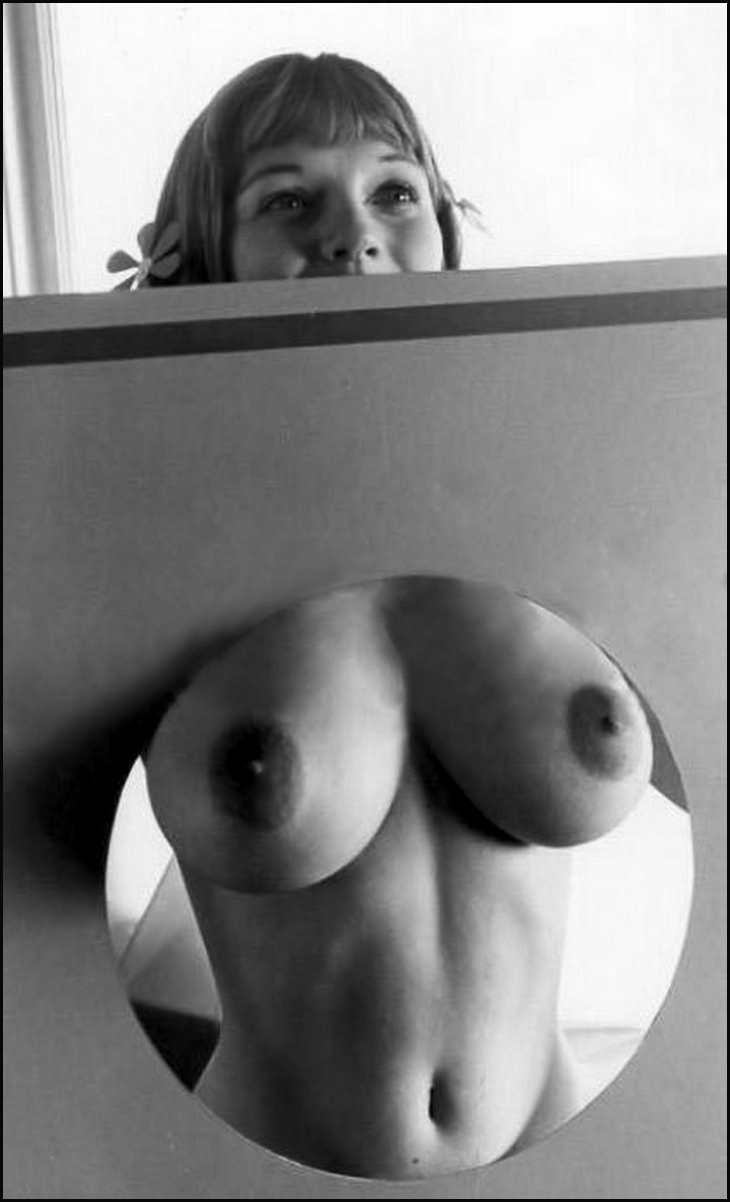
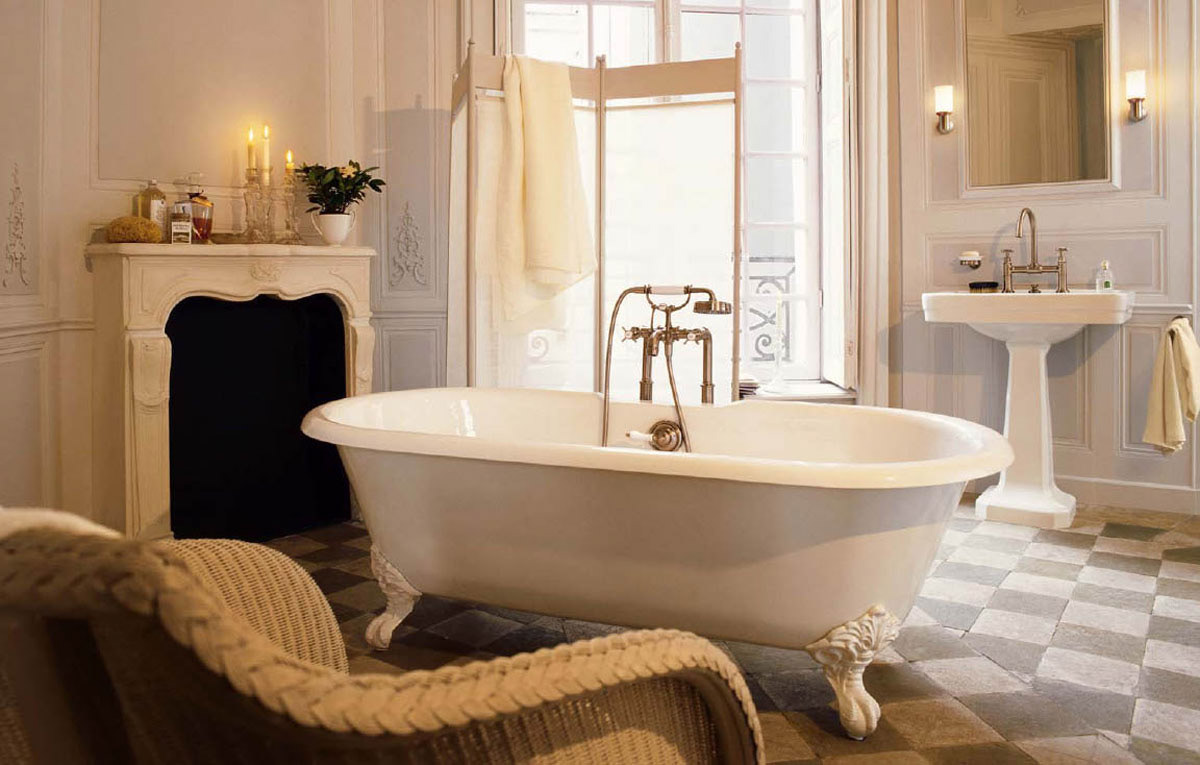
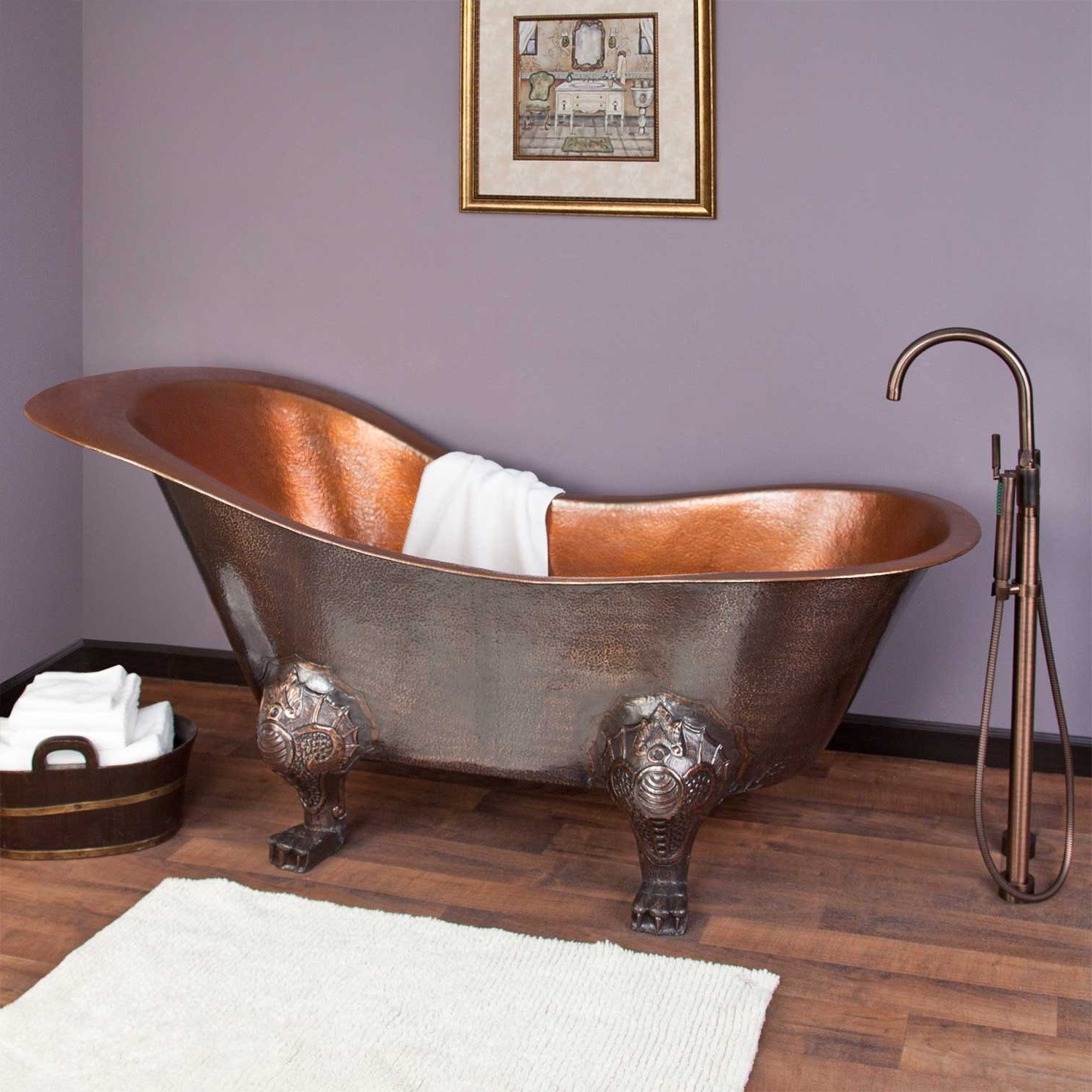
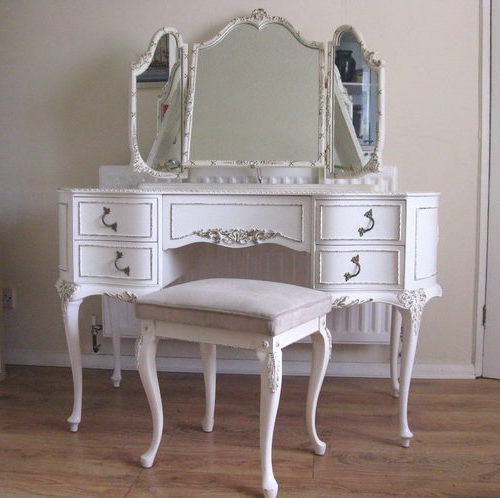

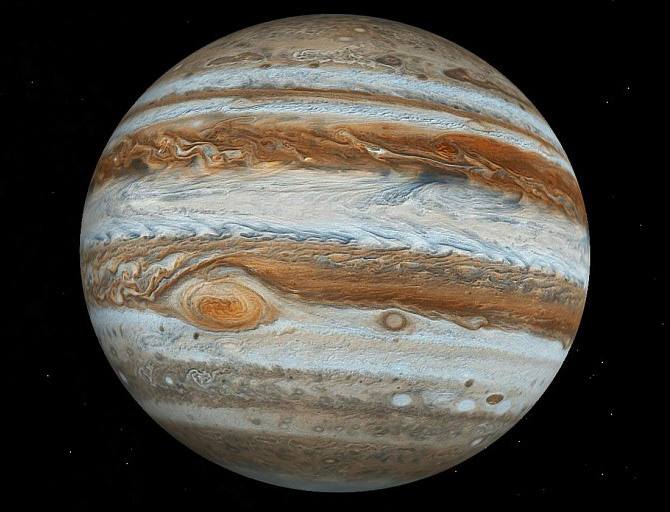
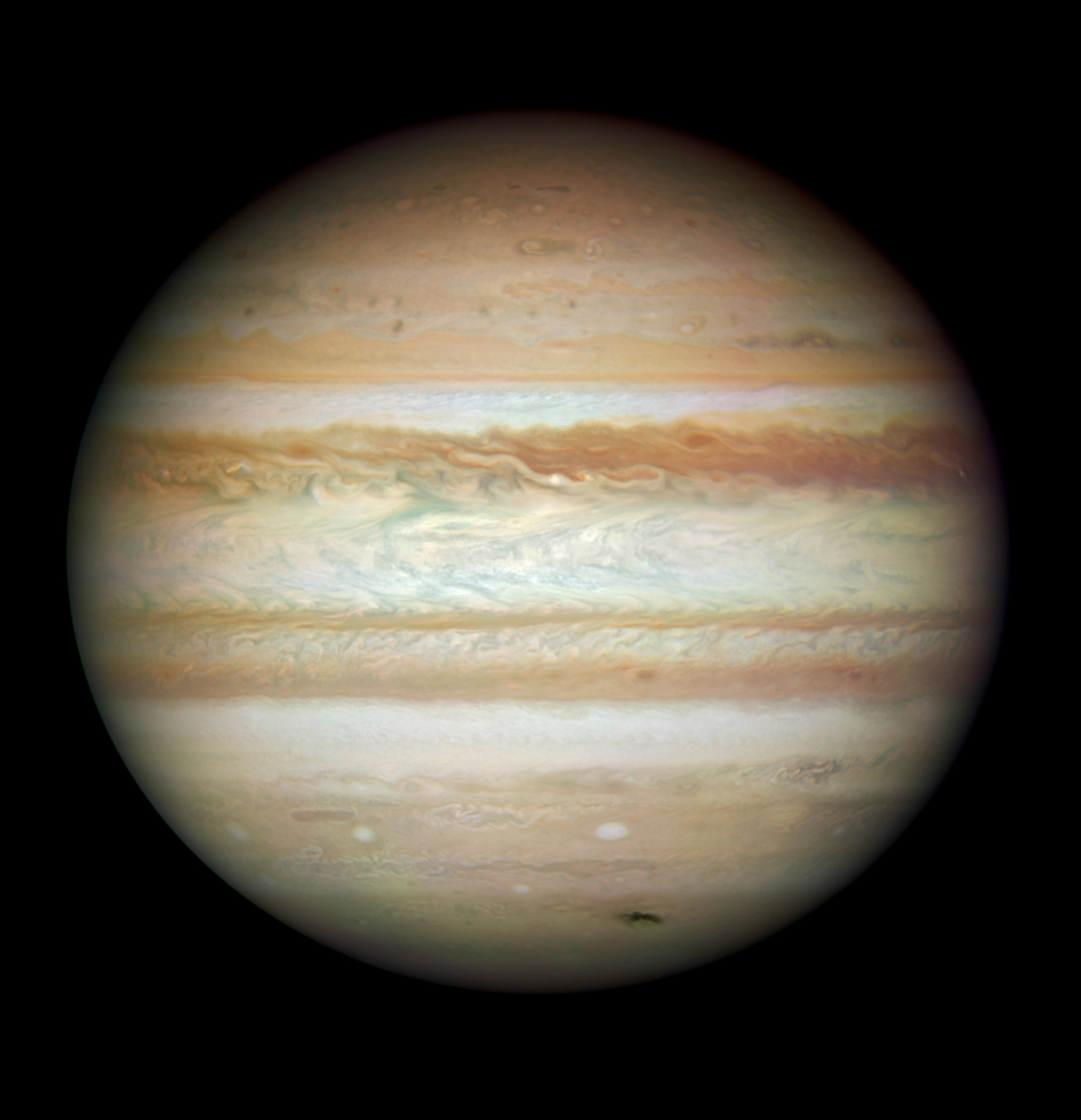
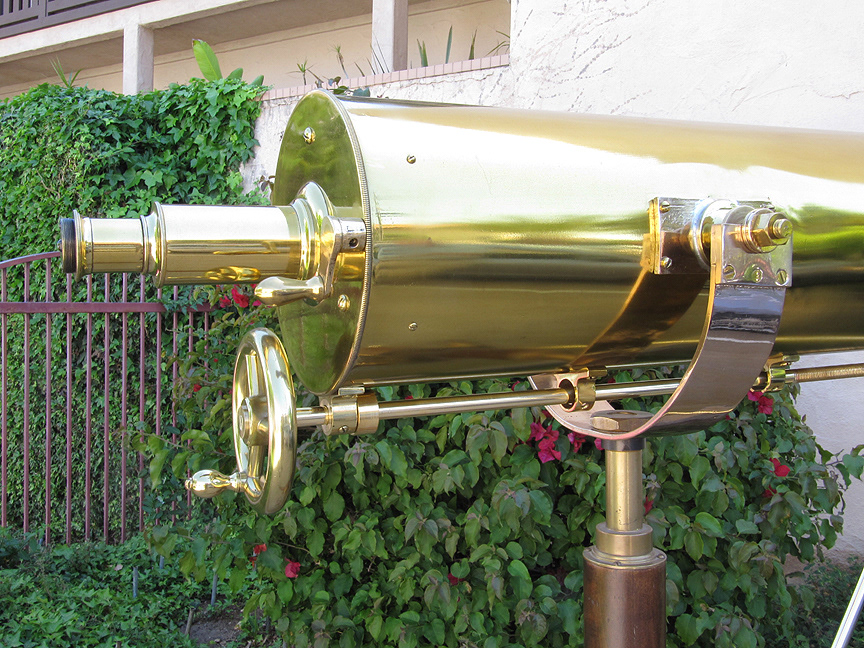
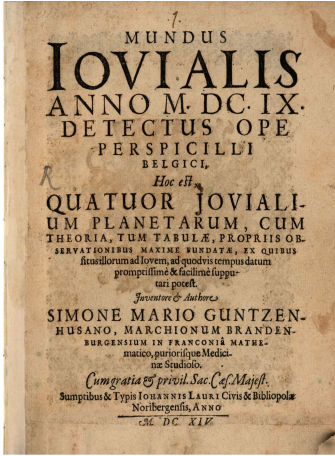
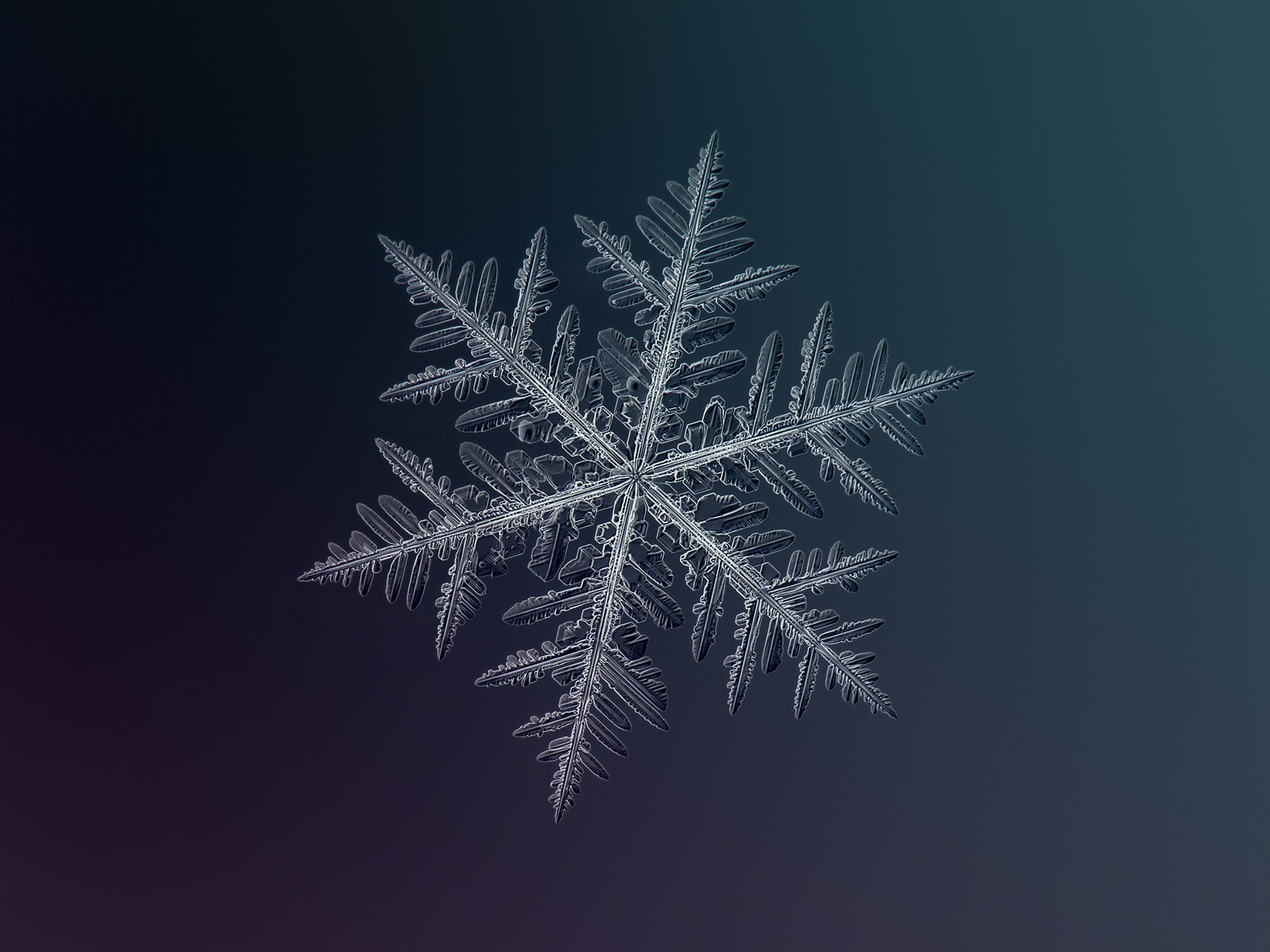

Frozen is ©Disney.

